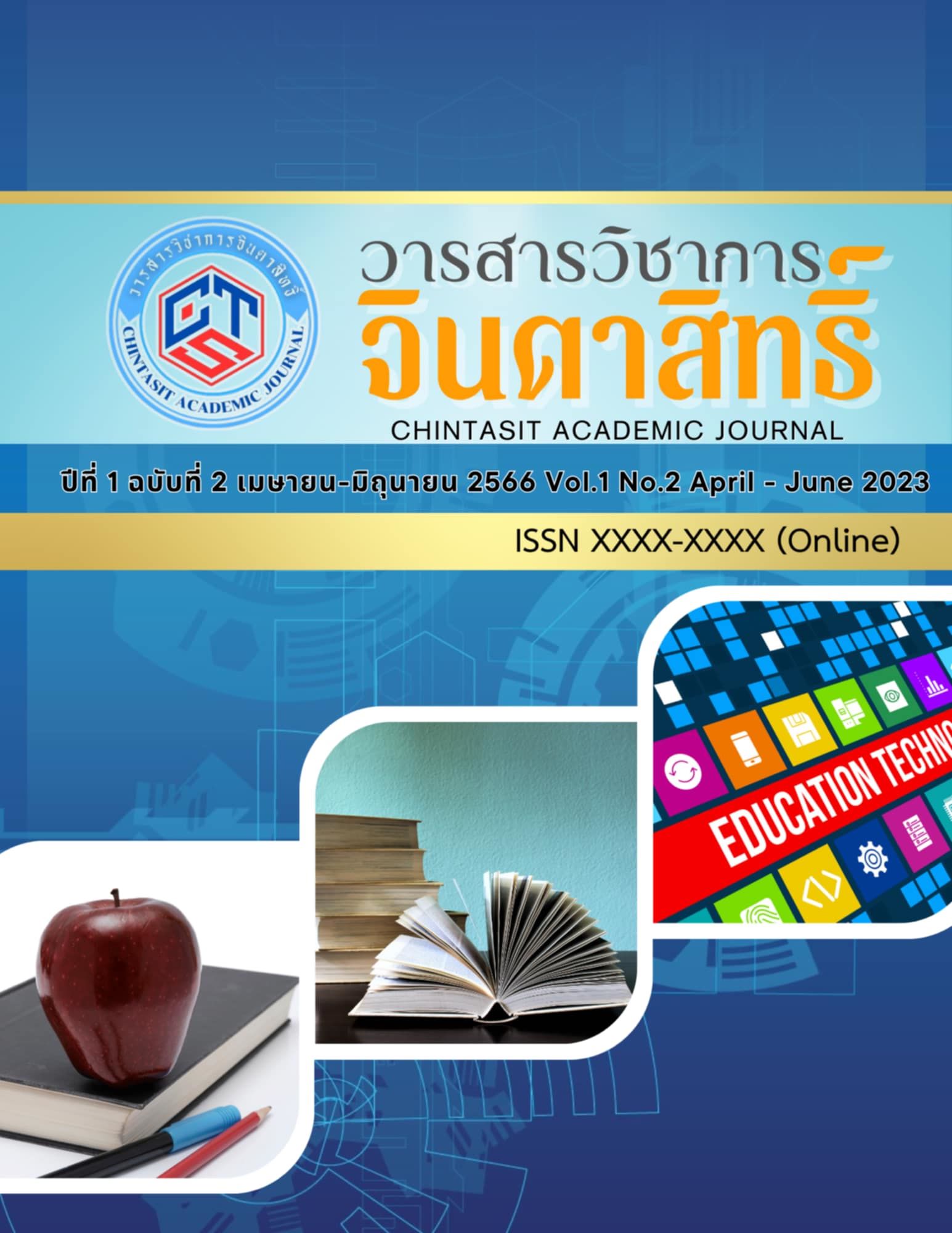The Guidelines to Develop the Digital Leadership for Teachers under the Secondary Educational Service Area Office Loei-Nong Bua Lamphu
Main Article Content
Abstract
In the era of rapid digital transformation, developing teachers' digital leadership is crucial for enhancing educational quality. This research aimed to 1) study the current conditions, desirable conditions, and needs assessment of digital leadership among teachers, and 2) explore guidelines for developing digital leadership of teachers under the Secondary Educational Service Area Office Loei Nong Bua Lamphu. The study employed a mixed-methods research design. The research was conducted in two phases. The first phase involved a survey of 314 participants, including school administrators and teachers, using a 5-point Likert scale questionnaire. Data were analyzed using descriptive statistics and the Modified Priority Needs Index (PNImodified). The second phase included a qualitative study of best practices in three exemplary schools and an evaluation of the proposed guidelines by five experts, using semi-structured interviews and content analysis.
Results revealed that the current condition of teachers' digital leadership was at a low level overall ( = 2.38, S.D. = 0.49), while the desirable condition was at the highest level ( = 4.67, S.D. = 0.46). The needs assessment identified four critical areas for development, ranked by priority: 1) digital vision, 2) communication, 3) digital knowledge, and 4) collaboration.
Based on these findings, guidelines for developing teachers' digital leadership were proposed, comprising 25 strategies across the four identified areas. These guidelines were evaluated by experts and found to have the highest level of appropriateness ( = 4.98) and feasibility ( = 4.93) for implementation.
Key recommendations include establishing digital leadership standards for teachers, revising teacher education curricula, allocating resources for technology integration in schools, and creating collaborative networks between schools, universities, and the technology sector.
Article Details

This work is licensed under a Creative Commons Attribution-NonCommercial-NoDerivatives 4.0 International License.
Chintasit Academic Journal is licensed under a Creative Commons Attribution-NonCommercial-NoDerivatives 4.0 International (CC BY-NC-ND 4.0) licence, unless otherwise stated. Please read our Policies page for more information on Open Access copyright and permissions.
References
กัญญารัตน์ สุขแสน. (2564). รูปแบบการพัฒนาภาวะผู้นำด้านดิจิทัลของผู้บริหารโรงเรียนในเครือ มูลนิธิคณะเซนต์คาเบรียลแห่งประเทศไทย [วิทยานิพนธ์ปริญญาดุษฎีบัณฑิต]. วิทยาลัยครูสุริยเทพ.
กิตติพัฒน์ คำแพง. (2557). ความสัมพันธ์ระหว่างภาวะผู้นำของครูกับคุณลักษณะที่พึงประสงค์ของนักเรียนสำนักงานเขตพื้นที่การศึกษามัธยมศึกษา เขต 31 [วิทยานิพนธ์ปริญญามหาบัณฑิต]. มหาวิทยาลัยขอนแก่น.
เกรียงศักดิ์ เจริญวงศ์ศักดิ์. (2550). สุดยอดภาวะผู้นำ: Super leadership. ซัคเซสมีเดีย.
นิกร จันภิลม และศตพล กัลยา. (2562). เทคโนโลยีการศึกษาในยุค Thailand 4.0. วารสารปัญญาภิวัฒน์, 11(1), 304-314.
บุญชม ศรีสะอาด. (2554). การวิจัยเบื้องต้น (พิมพ์ครั้งที่ 9). สุวีริยาสาส์น.
ประเวศน์ มหารัตน์สกุล. (2550). ภาวะผู้นำ : ความเป็นไปในสังคมไทยและวิธีการแก้ไข. หมอชาวบ้าน.
รัฐนันท์ รถทอง และมลรักษ์ เลิศวิลัย. (2564). ภาวะผู้นำดิจิทัลของครูโรงเรียนเทศบาลบ้านสามกอง อำเภอเมือง จังหวัดภูเก็ต. Journal of Roi Kaensarn Academi, 6(11), 223-234.
วันชัย สุขตาม และคณะ. (2562). การเสริมสร้างความสามารถภาวะผู้นำดิจิทัลที่จำเป็นสำหรับผู้บริหารท้องถิ่นในยุคเปลี่ยนผ่านสู่สังคมดิจิทัล. วารสารการจัดการและพัฒนาท้องถิ่น มหาวิทยาลัยราชภัฏพิบูลสงคราม, 1(2), 63-75.
สำนักงานคณะกรรมการพัฒนาระบบราชการ. (2562, 8 พฤษภาคม). สำนักงาน ก.พ.ร. เผยแพร่ผลการพัฒนาแนวทางการให้บริการของภาครัฐ และทิศทางการพัฒนาการให้บริการแบบดิจิทัล. http://www.opdc.go.th/content/NTcwNw
Best, J. W. (1977). Research in education (3rd ed.). Prentice-Hall.
Krejcie, R. V., & Morgan, D. W. (1970). Determining sample size for research activities. Educational and Psychological Measurement, 30(3), 607-610.


